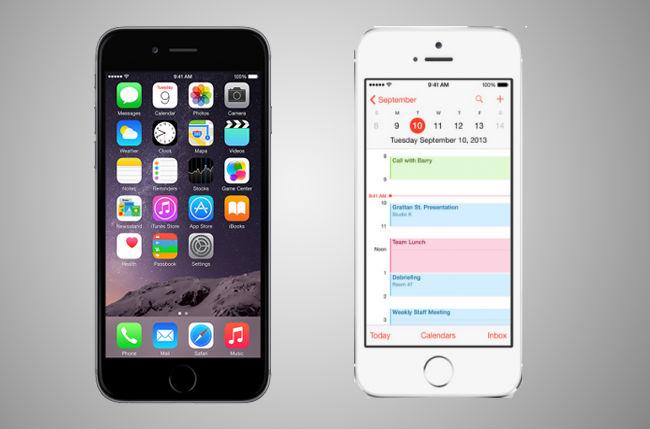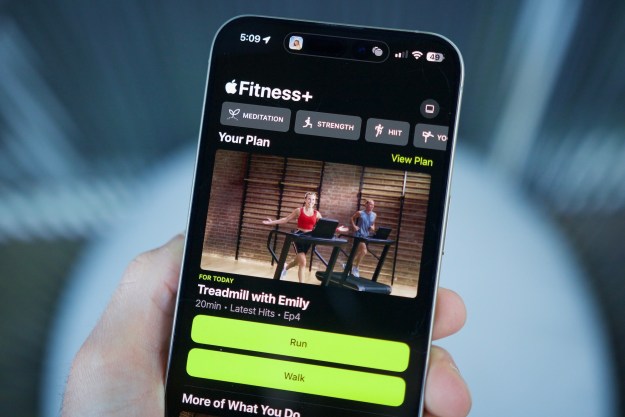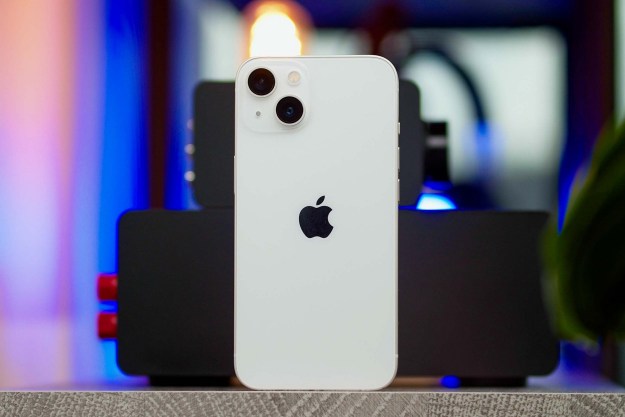
iPhone 5S |
iPhone 6 |
|
| Size | 4.87 x 2.31 x .299 inches | 5.44 x 2.64 x .27 inches |
| Weight | 3.95 oz | 4.55 ounces |
| Screen | 4.0-inch LCD | 4.7-inch |
| Resolution | 1136 x 640 pixels | 1334 x 750 pixels |
| OS | iOS 7.1 | iOS 8 |
| Storage | 16GB, 32GB, or 64GB | 16, 64, 128 GB |
| SD Card Slot | No | No |
| Processor | 64-bit A7 chip | Apple A8 |
| RAM | 1GB | 1 GB |
| Connectivity | Wi-Fi, LTE, HSPA+ | 4G LTE, 802.11ac |
| Camera | Front 1.2MP, Rear 8MP | Front 2.1MP, Rear 8MP |
| Water Resistant | No | Yes |
| Fingerprint Sensor | TouchID | TouchID |
| Bluetooth | Yes, version 4.0 | 4.0 |
| Battery | 1570mAh | 14 hours of talk time |
| Charger | Lightning connector | Lightning |
| Marketplace | Apple App Store | Apple App Store |
| Ave. Price | $100 with 2-year | $200 with 2-year contract |
| Availability | AT&T, Sprint, Verizon, T-Mob | Ships on September 19 |
| DT Review | 4.5 out of 5 stars | 4.5 out of 5 stars |
Comparison Video
Power
To start things off with a bang, the iPhone 6 is powered by an Apple A8 processor, which is 25 percent faster than the iPhone 5S’s A7. The A8 is also 50 percent more energy efficient, and has 50 perfect faster graphics performance. The 6 also rocks the M8 coprocessor, which is a motion processor and pairs well with fitness and health apps. It can tell the difference between walking, running, and cycling. It also measures elevation, distance and weather. The battery on the iPhone 6 can last for up to 14 hours, it supports LTE and VoLTE, and you can make calls over Wi-Fi with certain carriers. Both phones can run iOS 8 that is available for download on September 17.
Design
The iPhone 6 is just as sleek and futuristic looking as the 5S, if not more. You can get it in the same three colors as the 5S gold, silver, and the ever-popular “space-grey.” The real difference comes in the screen size, with the 6 measuring at 4.7 inches, 0.7 inches larger than the 5S. The iPhone 6 is thinner, at 6.9 mm thick and features the power button on the side so you don’t strain yourself reaching to the top of the extended phone. Both include the TouchID fingerprint sensor on the Home button.
Related: iPhone 6 release date, news, and rumors
Camera
Apple brought the heat with the iPhone 6 camera. On the back it has an 8-megapixel shooter which is the same as the 5S. Where it really shines with the true tone flash, 1.5 micron pixels, and a f/2.2 aperture. The phase-detection autofocus is twice as fast as the 5S. Apple also introduced digital image stabilization, which stabilizes a video with lens movement instead of software manipulation. It can shoot video at 1080p at 30 or 40 frames a second. Another new feature is Burst Mode, which takes a bunch of photos in a row and recommends the best one. You can now shoot panoramas at 43 megapixels.
Finally, the 6 front camera can now shoot in HDR and use the Burst Mode technology.
Price
A 16GB iPhone 6 starts at $200 on a 2-year contract, 64GB for $300, and $400 for the 128GB version. The iPhone 5s averages $100 for 16GB and $150 for the 32GB.
Conclusion
The iPhone 6 is thinner with a bigger screen, faster processor, and beefed up camera. As usual, Apple has made improvements to the iPhone 5S with its newest installment. With any new iPhone, it all comes down to consumer preference. Each new installment is going to be better, but it’s up to you to decide if the upgrade is worth the money. If you’ve ever had issues with the size of the iPhone, we highly advise you to check out the new model.
Related: iPhone 5S vs. iPhone 5C
Editors' Recommendations
- Are you having iPhone alarm problems? A fix is coming soon
- How to turn off call forwarding on iPhone and Android
- How to transfer photos from an iPhone to a computer
- How to schedule a text message on your iPhone
- iPhone SE deals: Refurbished 2nd and 3rd Gen iPhones




